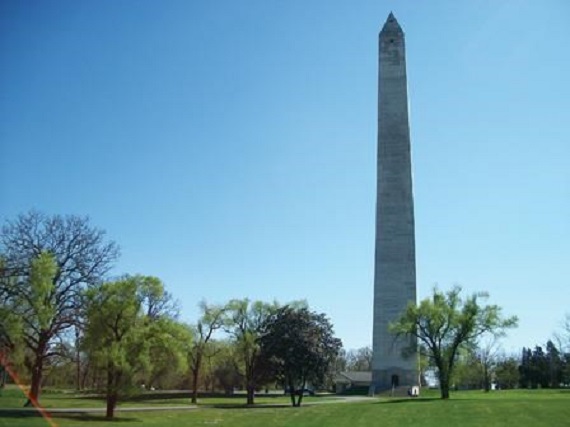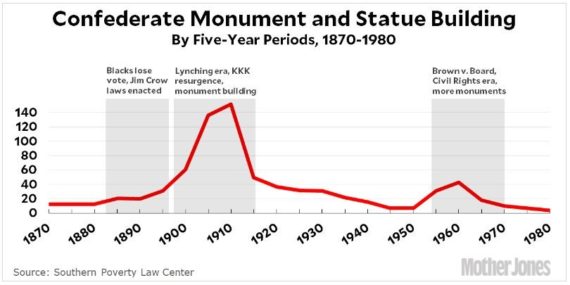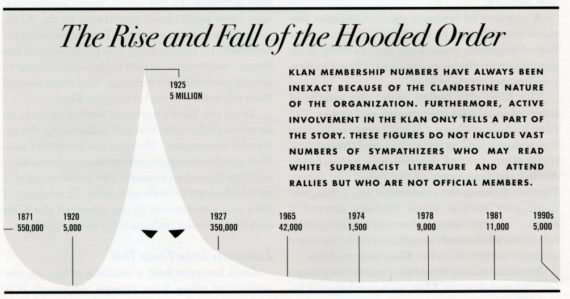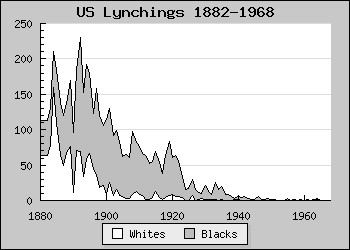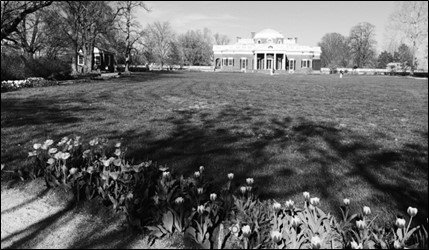In the wake of the current controversy over Confederate monuments, the Southern Poverty Law Center (SPLC) has created a timeline that has made its way around the worldwide web like wildfire. It purports to show that two spikes in the building of the monuments coincide with occurences of racially-charged historical eras, such as the rise of the Ku Klux Klan and the Civil Rights Era. The timeline has been published on websites such as Mother Jones and Daily Kos, and has been endlessly tweeted and re-tweeted on Twitter. The premise that it rests on – that racism and white supremacy were the driving motivation of the building of Confederate monuments – has been blindly accepted with, evidently, little or no critical thinking.
Below is SPLC’s timeline as found on Mother Jones. As can be seen, it alleges that a major spike in Confederate monument building happened during an era of lynching and KKK resurgence that occurred between the years of around 1900 and 1915.
The implication that can be drawn from this timeline is that during our nation’s most racially hostile moments, white Southerners were inspired to construct Confederate monuments to help solidify white supremacy. This provides the rationale for the current drive to remove the monuments – that they were built by racists seeking to impose white domination on society. But is this allegation true? An an earlier timeline produced by SPLC tells a different story:
In this timeline, the rise in KKK membership didn’t peak until 1925, a full decade after the KKK peek on the first timeline. According to the second (earlier) timeline, membership in the KKK was meager at the time of the increase in the building of the Confederate monuments – only around 5,000 people. Such a small number of KKK members could hardly have been a vital factor in the increase of Confederate monuments. Why such a discrepancy between the two charts? I suspect that the data was intentionally manipulated by the SLPC on the Confederate monument timeline in order to buttress a false assumption/allegation – that the main motivation for the building of the Confederate monuments was racism.
Another damning piece of evidence that undermines the SLPC position is a line graph regarding the frequency of lynchings in the United States between the years of 1882 and 1968. This graph was produced by the Tuskegee Institute:
As can be seen, the peek years of lynching occur well before the year 1900. This is at odds with SPLC’s monument timeline, which identifies those years as between 1900 and 1915. The Tuskegee graph shows a fairly precipitous decrease in lynchings during the years of increased monument building. Again, it appears as if the SPLC has simply created racial “eras” on its monuments timeline, unconnected to historic facts, in an attempt to influence the average reader into believing its assertion that racism motivated monument building.
But if racism was not the primary motivation for the spikes in Confederate monument building, what exactly was? In my estimation, there are two main factors.
The first factor is fairly obvious based on the tendency of Americans to celebrate certain events at fifty year increments. For example, what is considered a couple’s Golden anniversary? Their fiftieth. How many years mark the centennial anniversary of a town, church, or business? Its one-hundredth. Now, take the year in which the first spike in Confederate monument building occurred (somewhere between 1910 and 1915) from the SPLC’s monument timeline. If one subtracts 50 years from these dates, one arrives at somewhere between 1860 and 1865. Well I’ll be darned – the fifty year anniversary of the Civil War! Take 100 years away from the second spike (slightly after 1960), and one arrives at around 1861 – the one-hundred year anniversary of the start of the Civil War. Not rocket science, folks.
The second factor requires some historical research, but not a whole lot. One of the more noteworthy Confederate monuments is the enormous obelisk that stands at the Jefferson Davis State Historic Site in Fairview, Kentucky. Taken as a case study it sheds some light on this second factor of motivation for the building of such monuments.
In a 1907 reunion of the “Orphan Brigade”, one of the last surviving Confederate soldiers that achieved the rank of lieutenant general – Simon Bolivar Buckner – proposed that a monument dedicated to the memory of Confederate President Jefferson Davis be constructed. Begun a decade later but halted in 1918 due to World War I, work on the project resumed in 1922. But an ongoing lack of finances was to periodically interrupt the project over the course of the next two years. In 1923, it was a group of women – not the Ku Klux Klan – who took the lead in raising funds to complete the project. Each month, the pages of Confederate Veteran magazine were filled with pleas from the president of United Daughters of the Confederacy (UDC) directed towards subscribers to consider making donations of any size.
What motivated these women take the lead? To send an intimidating message to African-Americans in the South? Hardly. UDC president Mrs. Livingston Rowe Schuyler happened to have attended the 191st celebration of George Washington’s birthday and was inspired by a speech. The speaker waxed eloquent about how the towering obelisk in Washington DC revealed the high esteem that Americans felt towards their first president. So too, thought Mrs. Schuyler, would a similar structure symbolize the South’s devotion to the Confederacy’s first president. And why did people like Mrs. Schuyler hold Davis in such high esteem? “Because he was willing to suffer for the same principles for which Washington stood.” This idea of Davis as the one who vicariously suffered for the South is repeated often in the pages of Confederate Veteran in 1923. Even the means that these women used to raise funds – selling items such as tissue paper sweet peas and hand-embroidered handkerchiefs – could not be less ominous. As the month passed, donations came in from individuals, various groups, and most of the UDC state chapters located throughout the United States. Ironically, by the autumn of 1923, nine out of the ten highest average amounts donated per UDC chapter came from states that were part of the Union during the Civil War. Six of the lowest ten were from states that formed the Confederacy, with Virginia being the lowest. On June 7, 1924 the dedication of Jefferson Davis State Historic Site took place.
You have read this correctly. The construction of the Davis obelisk was carried out as a national effort spearheaded by women motivated by a labor of love (the second factor) and financed by selling items like paper flowers (as well as by other larger contributions), not by the efforts of well-financed southern lynch mobs eager to put the brakes on the advancement of African-Americans in the postbellum South. A cursory study of other memorials reveals similar such accounts, bogus timelines notwithstanding.


